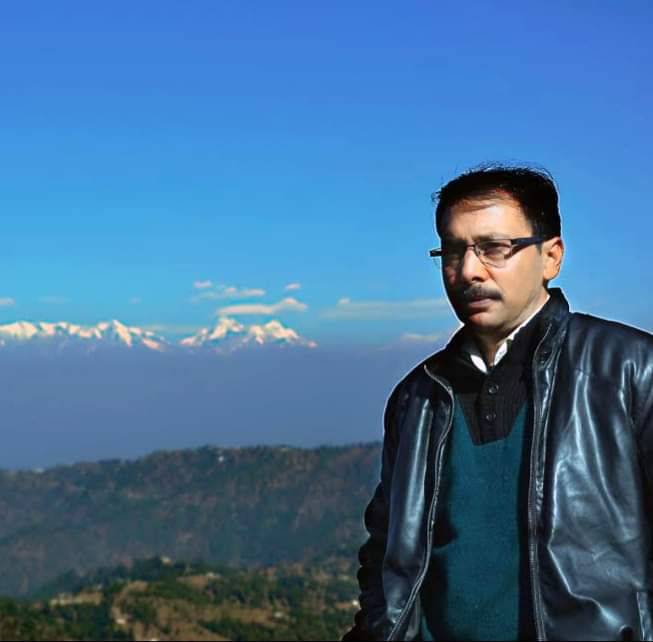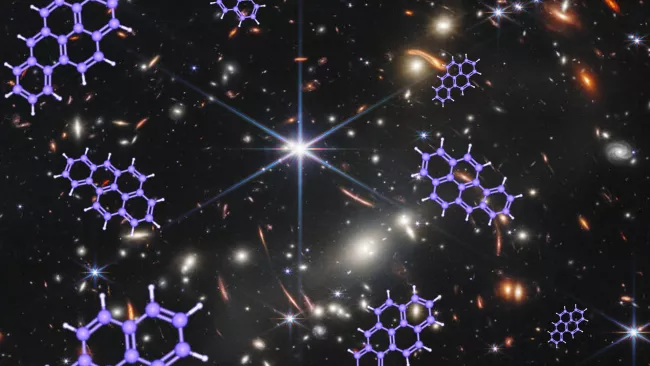JWST discovery: Diamond-like carbon dust is also present in stars
The James Webb Space Telescope has detected, for the first time, diamond-like carbon dust in the early stars of the universe. This finding suggests that early galaxies formed more rapidly after the Big Bang than previously believed.
Regarding the discovery, scientists say that traditional models of the chemical evolution of the universe suggest that heavy elements such as carbon and oxygen are formed in nuclear furnaces at the center of stars. When the first stars ran out of fuel for nuclear fusion and reached the end of their lives, they exploded into supernovae, spewing the material they created into the universe. This stellar material is integrated into the interstellar dust. When dense clumps of this dust collapse, this material becomes the building blocks of the next generation of stars, which are thus enriched with heavier elements and located in similarly enriched galaxies.
The early universe was composed mostly of hydrogen and helium with small traces of some heavier elements, which means that the first stars and galaxies must have had a similar composition of these light elements.
The findings exemplify the kind of science that was not possible before the JWST, which began observing the universe in July 2022 and delivering data and images.
The wavelength of the light emitted by early galaxies increases due to the expansion of the universe as it travels across billions of light years, thus taking billions of years to reach us. This results in a shift of the ultraviolet light from the galaxies into the electromagnetic spectrum, a process known as “redshift”. The more distant, and thus earlier, the galaxy, the greater the extreme redshift, meaning that the light from the first galaxies is stretched to infrared wavelengths. The light from these galaxies has been traversing the universe for 12.8 billion years and is now infrared light.
jWST is the most sensitive infrared space telescope ever installed in space and the only telescope able to resolve these carbon fingerprint-like features in the light from such distant galaxies.
Scientist Joris Vitstok of Cambridge University made this discovery along with the scientific team. This research has been published in the journal Nature on 19 July.
Source: Space. com.
Photo: James Webb Space Telescope

Journalist Space science.
Working with India’s leading news paper.
और अधिक जानें

